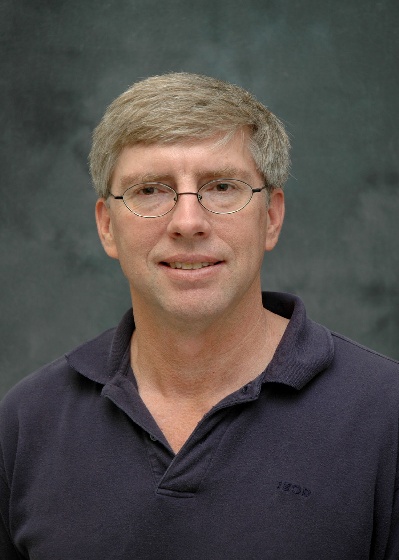
Professor Norman Murray
Canadian Institute for Theoretical Astrophysics, University of Toronto
McLennan Physical Laboratories, Room 1404D
60 St. George Street Toronto Ontario M5S 3H8
Phone: 416-978-1778
Email: murray at cita.utoronto.ca
Research Interests:
Nonlinear Dynamics, Solar System Dynamics, Solar Physics, Active Galactic Nuclei
Astrophysics offers the physicist the opportunity of using techniques from every field of physics. The problems involved are often of great interest to the public, a fact reflected in the rather high level of support offered to astronomers. An example is the area of solar system formation. Fluid dynamics and magnetohydrodynamics are crucial in the early stages, while non-linear dynamics, in the guise of celestial mechanics, was invented to study the late stages. Hundreds of new planetary systems have been discovered using radial velocity measurements over the last fifteen years, while transit observations are just coming into their own. It is apparent that the field continue to experience tremendous growth. I am interested in the formation of planets from proto-planets, and the capture or ejection of small bodies from the solar system, both in the past and currently. Why are the planets spaced as they are? Why are there so many asteroids between Mars and Jupiter, and so few elsewhere? What are the possible configurations of a planetary system?
Active galactic nuclei offer a very different panoply of problems. Quasars are the brightest objects in the universe, emitting the light of 1013 suns in a volume the size of the solar system. Their spectra show very broad emission lines, indicating the presence of gas moving at velocities up to a tenth the speed of light. It is believed that they are powered by material falling into a massive black hole. What produces the emission lines? How is the accreting material that is feeding the black hole distributed in space? How does it rid itself of angular momentum so that it can fall into the hole? In order to address these question, one must employ knowledge of general relativity, MHD, radiation hydrodynamics, radiative transfer, and photoionization physics. Experimental data come from radio telescopes, infrared and sub-millimeter arrays, earth and space based optical and UV telescopes, x-ray satellites, and gamma-ray observatories.